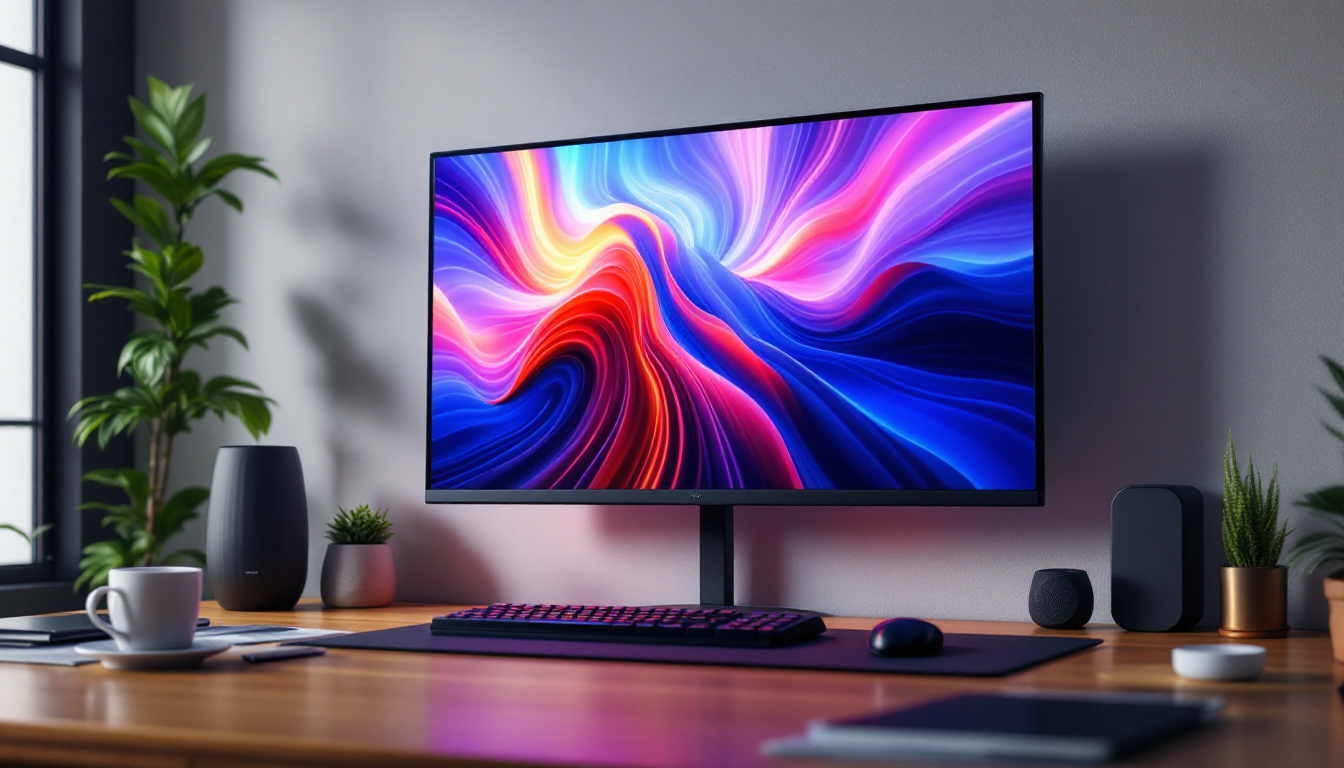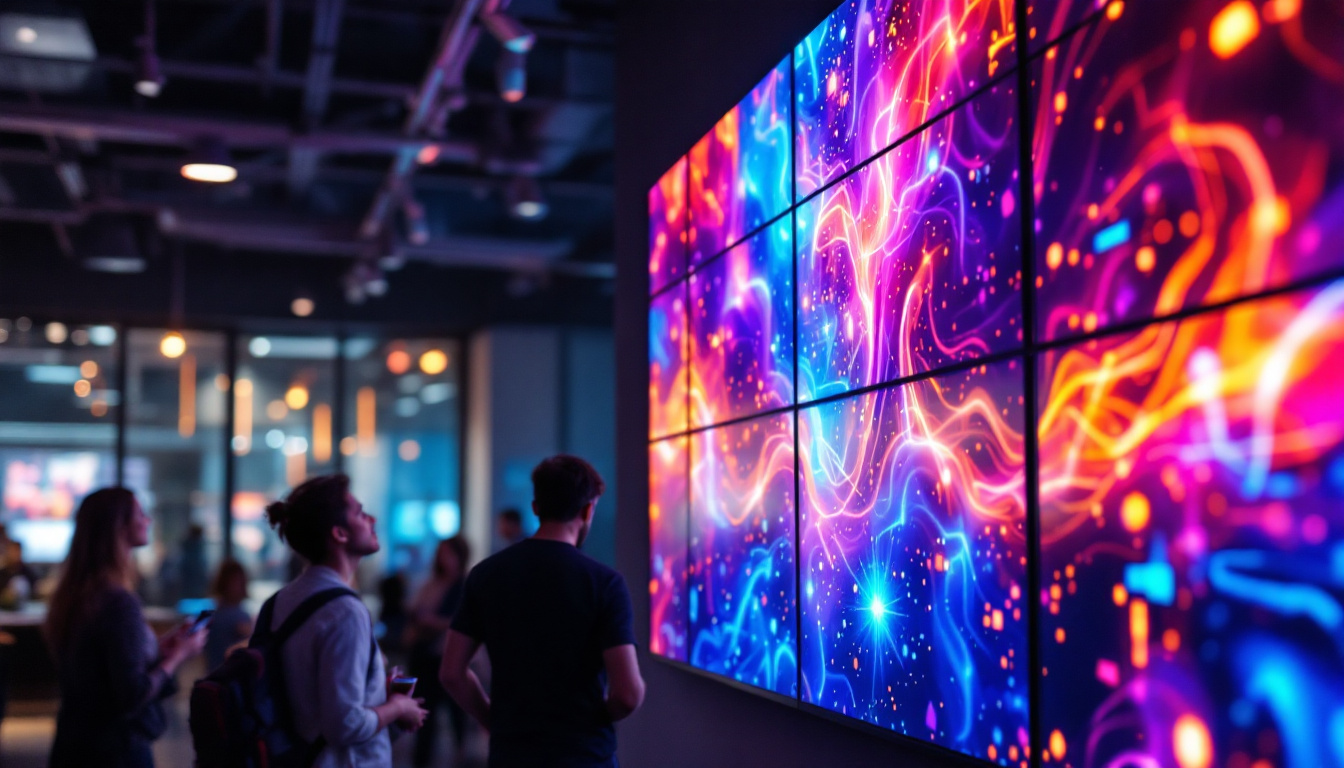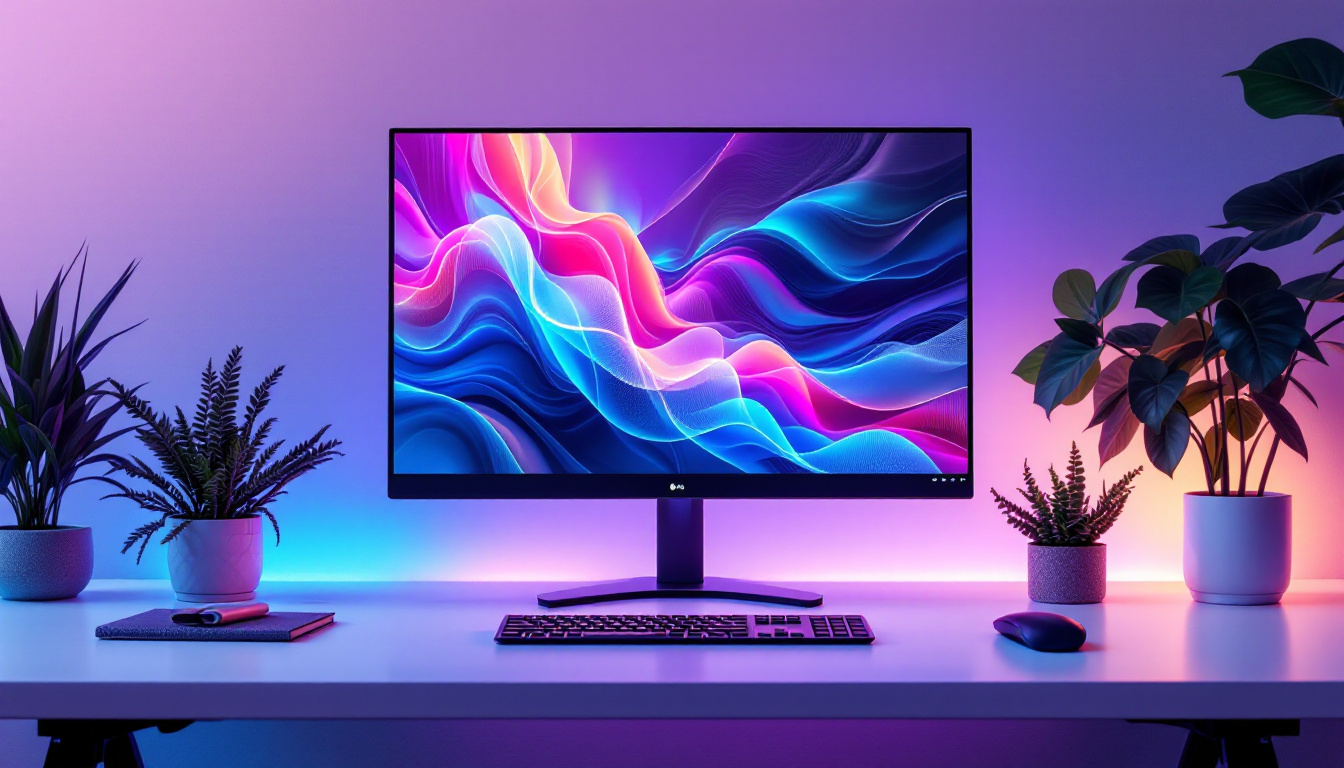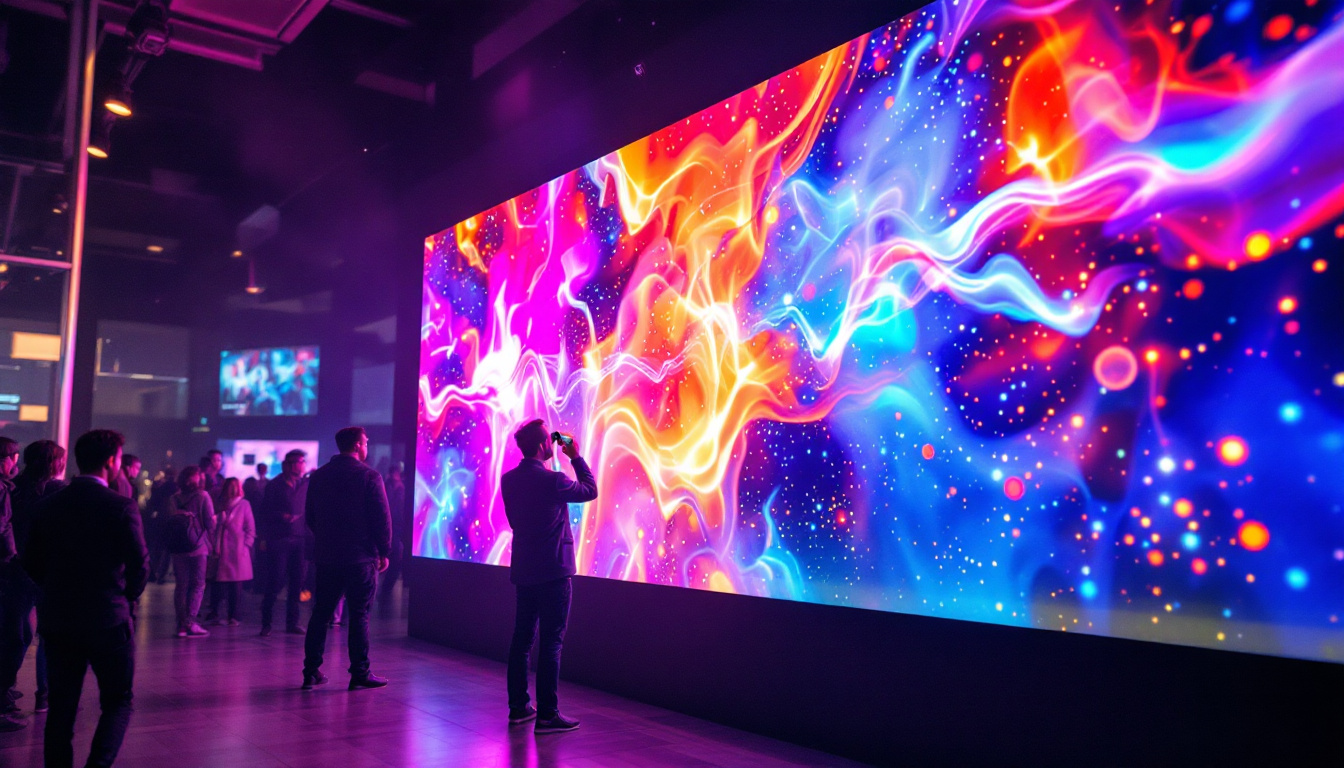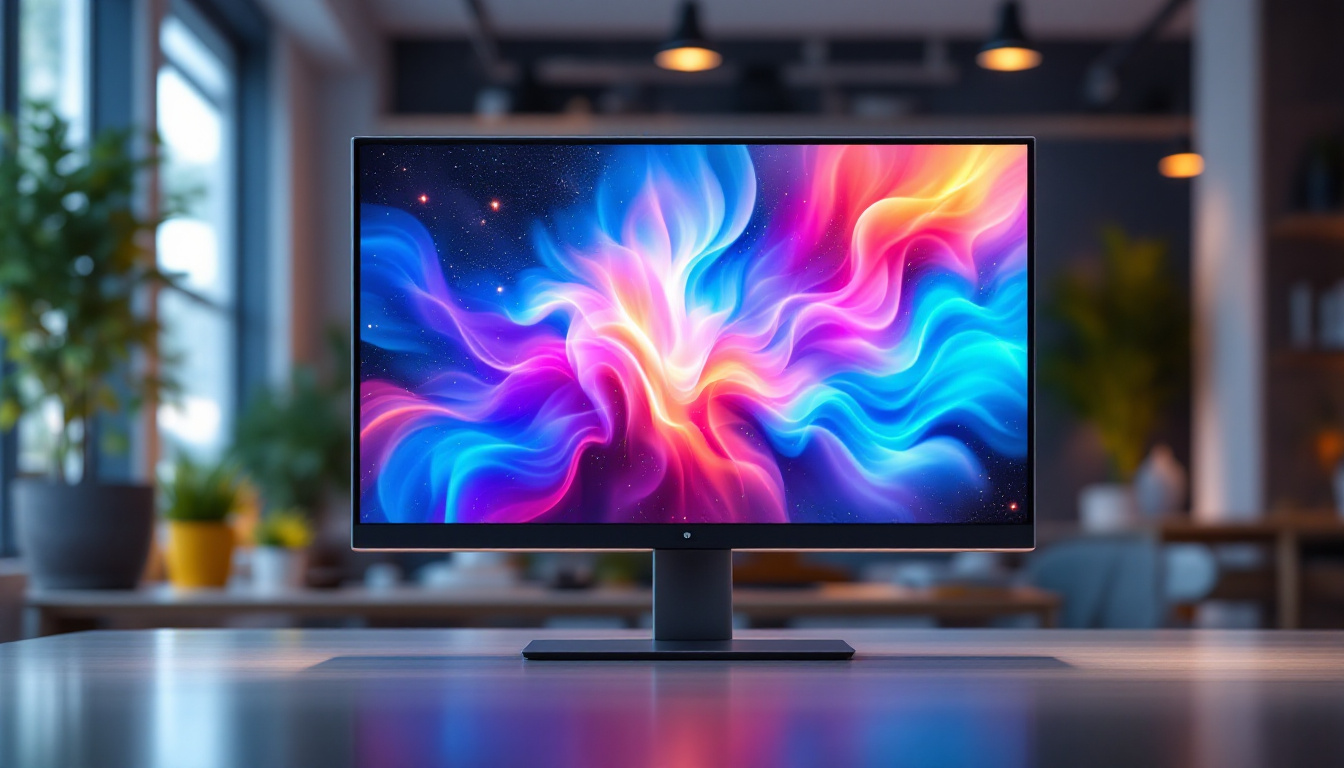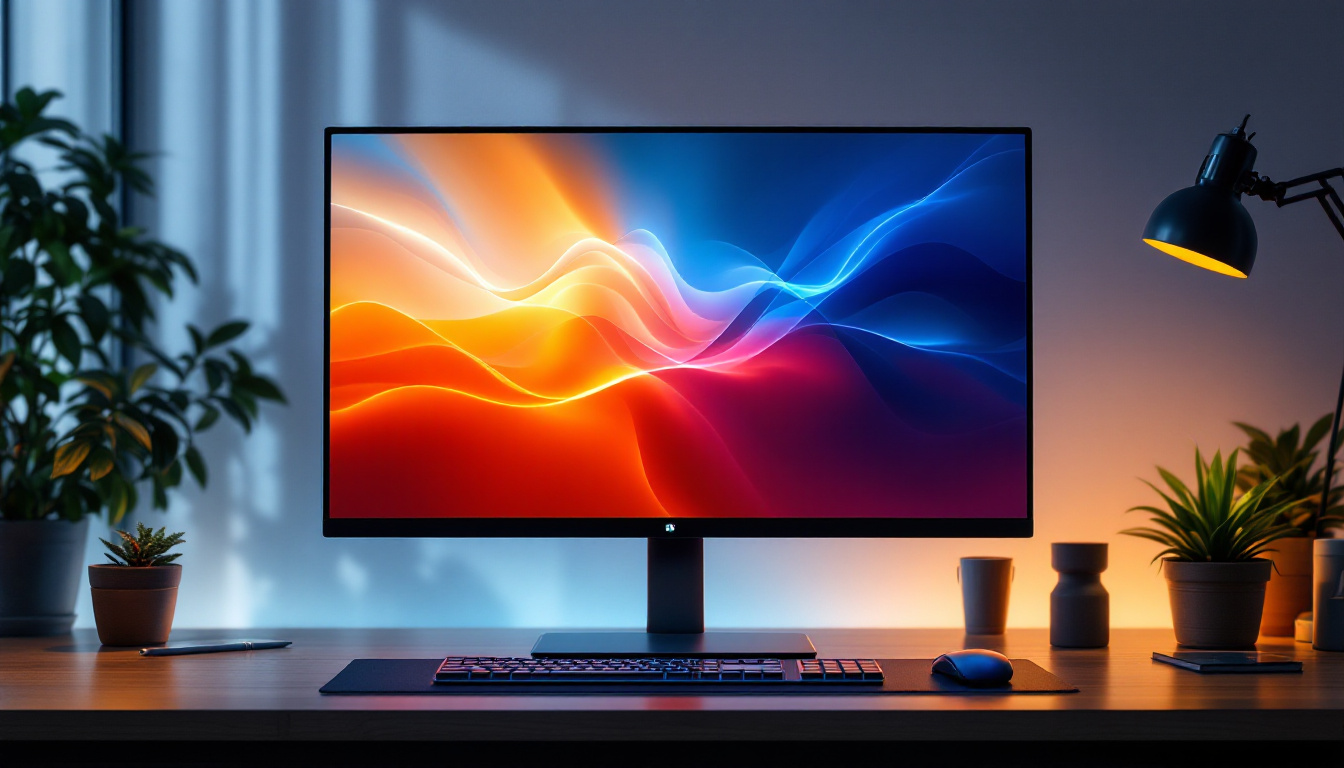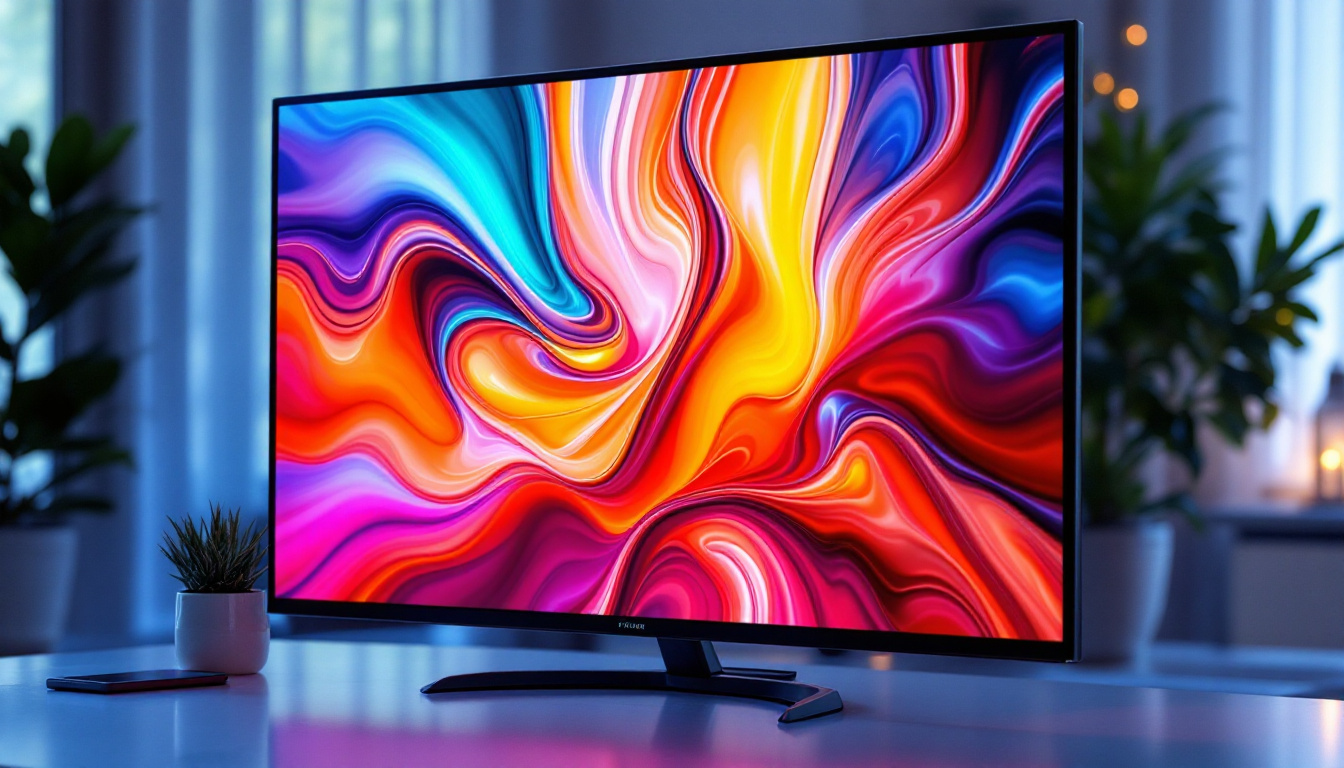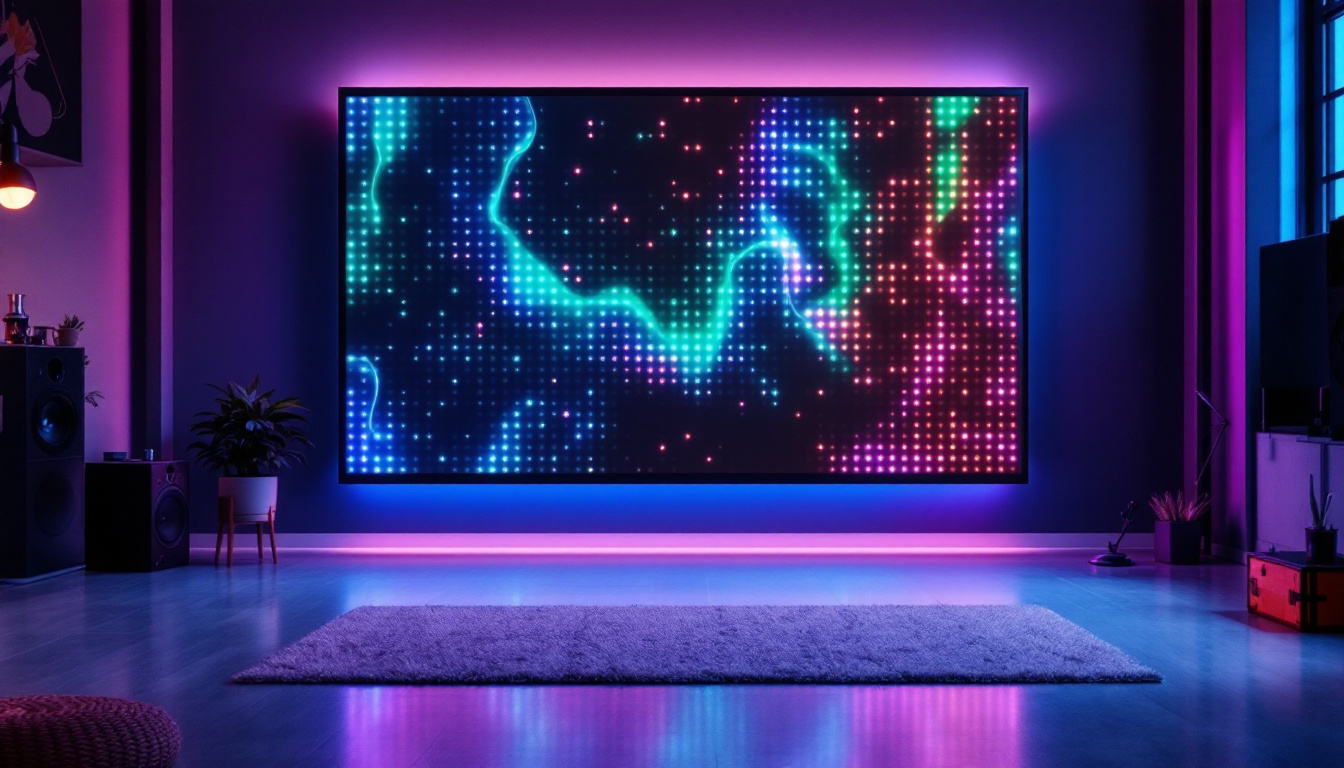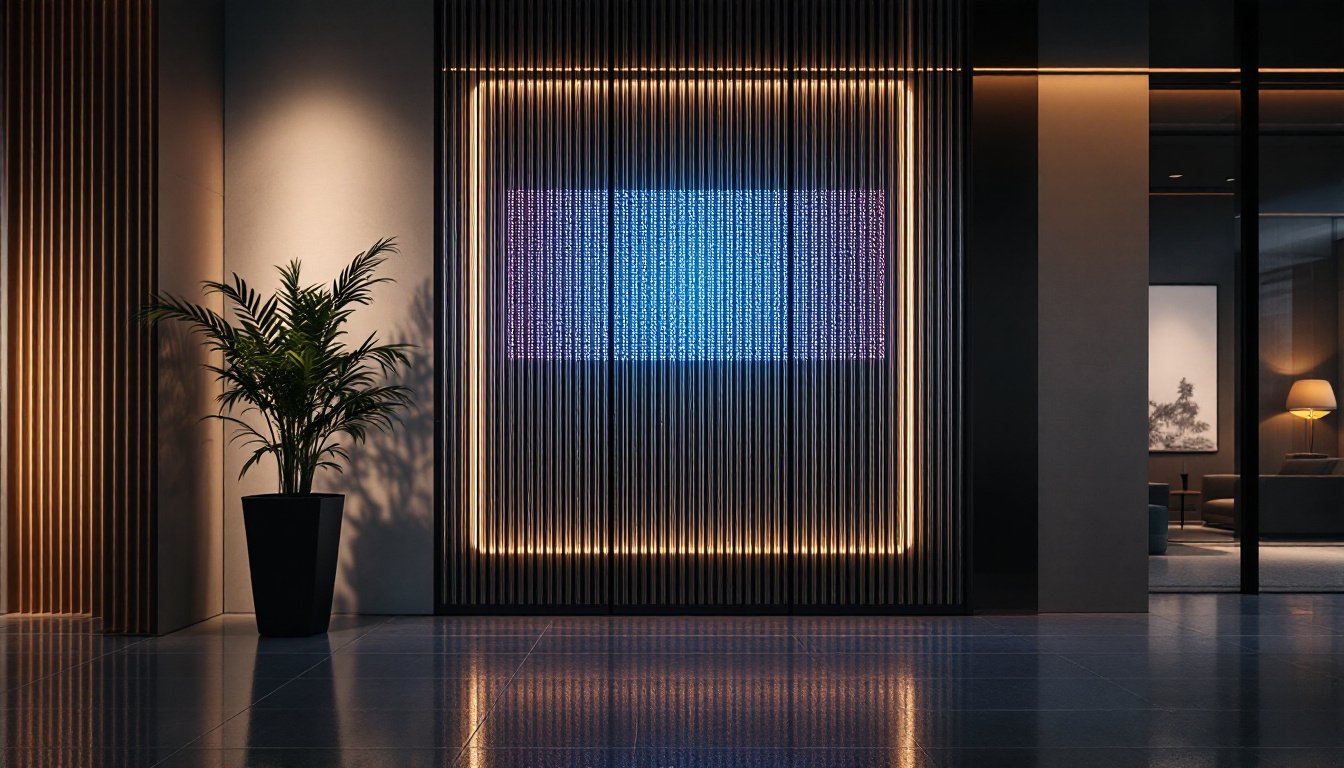In recent years, the demand for ultra-wide monitors has surged, particularly among professionals and gamers seeking enhanced productivity and immersive experiences. These monitors offer a broader field of view, allowing users to multitask efficiently or dive into expansive virtual worlds. This article delves into the intricacies of wall-mounted ultra-wide monitors, focusing on LED display technology, benefits, and considerations for choosing the right one.
Understanding Ultra Wide Monitors
Ultra-wide monitors typically feature an aspect ratio of 21:9 or wider, compared to the standard 16:9 ratio found in most traditional displays. This unique format provides a panoramic view, making it ideal for various applications, from gaming to professional work environments. The expansive screen real estate allows users to multitask efficiently, enabling them to have multiple windows open side by side without the need for a dual-monitor setup. This can significantly enhance productivity, particularly for professionals in fields such as finance, programming, and content creation, where having access to multiple applications simultaneously is essential.
Aspect Ratio and Resolution
The aspect ratio of a monitor significantly impacts the viewing experience. Ultra-wide monitors not only provide more horizontal screen space but also enhance immersion in games and movies. Common resolutions for these monitors include 2560×1080 and 3440×1440, with higher-end models reaching 5120×2160. The increased pixel density ensures that images are sharp and detailed, which is crucial for graphic design, video editing, and gaming. Additionally, many ultra-wide monitors support high dynamic range (HDR) content, which further improves color accuracy and contrast, making visuals pop and providing a more lifelike viewing experience. This feature is particularly beneficial for filmmakers and photographers who rely on precise color representation in their work.
Curved vs. Flat Displays
One of the key decisions when selecting an ultra-wide monitor is choosing between a curved or flat display. Curved monitors offer a more immersive experience by wrapping the screen around the viewer’s field of vision, reducing distortion and enhancing depth perception. This curvature can also help to minimize eye strain during long hours of use, as it allows for a more natural viewing angle. Conversely, flat monitors might be preferable for users who require precise alignment for tasks like graphic design or CAD work. In addition, flat displays can be easier to mount on walls or integrate into multi-monitor setups, providing flexibility for various workspace configurations. Each type has its own set of advantages, and the choice ultimately depends on the specific needs and preferences of the user, as well as the intended use of the monitor.
Benefits of Wall Mounting Ultra Wide Monitors
Wall mounting an ultra-wide monitor can transform a workspace or gaming setup, offering several advantages that enhance both aesthetics and functionality.
Space Efficiency
One of the primary benefits of wall mounting is the efficient use of space. By freeing up desk space, users can create a cleaner, more organized environment. This is particularly beneficial in smaller offices or gaming setups where every inch counts. Wall mounting also allows for better cable management, reducing clutter and creating a more streamlined appearance. Furthermore, with the monitor elevated off the desk, users can utilize the freed-up surface for other essential items, such as notebooks, decorative elements, or even additional peripherals, thereby maximizing the utility of their workspace.
Improved Ergonomics
Proper monitor placement is crucial for maintaining good posture and reducing strain on the neck and eyes. Wall mounting enables users to position their screens at eye level, promoting a healthier posture during extended periods of use. This can significantly reduce discomfort associated with long hours of work or gaming, leading to improved productivity and enjoyment. In addition to eye level positioning, wall mounts often come with tilt and swivel capabilities, allowing users to adjust the angle of the monitor for optimal viewing comfort. This adaptability is especially important for collaborative environments where multiple people may need to view the screen from different angles, making it easier to share ideas and information without straining.
Enhanced Aesthetics
A wall-mounted ultra-wide monitor can serve as a stunning focal point in a room. The sleek design and modern appearance of these displays can elevate the overall look of an office or gaming space. Additionally, many wall mounts allow for adjustable angles, enabling users to find the perfect viewing position while enhancing the visual appeal of their setup. The minimalist look of a mounted monitor can also complement contemporary decor styles, creating a cohesive and stylish atmosphere. With the right wall mount, users can even achieve a floating effect, giving the illusion that the monitor is suspended in mid-air, further enhancing the modern aesthetic of the space.
LED Display Technology Explained
LED (Light Emitting Diode) technology has become the standard for modern displays, including ultra-wide monitors. Understanding how LED displays work can help users appreciate their advantages and make informed decisions when purchasing a monitor.
How LED Displays Work
LED displays utilize a series of tiny light-emitting diodes to create images. Unlike traditional LCD monitors that use fluorescent backlighting, LED displays offer improved brightness, contrast, and energy efficiency. The diodes can be arranged in various configurations, including edge-lit and full-array backlighting, each providing different benefits in terms of image quality and performance.
Benefits of LED Displays
LED displays are known for their vibrant colors and deep blacks, thanks to their ability to control individual pixels. This results in a more dynamic range of colors and better contrast ratios compared to traditional displays. Additionally, LED monitors tend to consume less power, making them a more eco-friendly option. The longevity of LED technology also means that users can expect a longer lifespan from their monitors, reducing the need for frequent replacements.
Choosing the Right Wall Mount Ultra Wide Monitor
When selecting an ultra-wide monitor, several factors must be considered to ensure it meets the user’s needs and preferences. From display specifications to mounting options, each aspect plays a crucial role in the overall experience.
Display Specifications
Before making a purchase, it is essential to evaluate the display specifications. Key factors include resolution, refresh rate, and response time. Higher resolutions provide sharper images, while a higher refresh rate (such as 144Hz) can enhance the gaming experience by delivering smoother motion. Additionally, a low response time is vital for minimizing motion blur, particularly in fast-paced gaming scenarios.
Compatibility with Mounting Solutions
Not all monitors are compatible with every wall mount. It is crucial to check the VESA mount compatibility of the monitor and ensure that the chosen wall mount can support its weight and size. Many ultra-wide monitors come with mounting holes that adhere to VESA standards, making it easier to find a suitable mount.
Additional Features to Consider
Modern ultra-wide monitors often come with a range of additional features that can enhance the user experience. Features such as built-in speakers, USB hubs, and adjustable stands can add value to the monitor. Furthermore, consider whether the monitor supports adaptive sync technologies like AMD FreeSync or NVIDIA G-Sync, which can significantly improve gaming performance by reducing screen tearing and stuttering.
Installation and Setup Tips
Installing a wall-mounted ultra-wide monitor can seem daunting, but with the right approach, it can be a straightforward process. Proper installation ensures safety and optimal viewing angles.
Choosing the Right Location
Before installation, selecting the right location for the monitor is crucial. Consider factors such as natural light sources, glare, and the distance from the seating area. Ideally, the monitor should be positioned to minimize reflections and provide a comfortable viewing distance. For most users, this distance ranges from 2 to 3 feet, depending on the monitor’s size and resolution.
Using the Right Tools
To install a wall mount, gather the necessary tools, including a stud finder, level, drill, and appropriate screws. Using a stud finder is essential to locate wall studs, ensuring that the mount is securely attached. Once the location is determined, mark the drill points and use a level to ensure the mount is straight before securing it to the wall.
Adjusting the Monitor Position
After mounting the monitor, take the time to adjust its position for optimal viewing angles. Many wall mounts offer tilt and swivel features, allowing users to customize the angle based on their seating arrangement. Proper adjustment can enhance comfort and reduce eye strain during extended use.
Maintaining Your Ultra Wide Monitor
To ensure the longevity and performance of an ultra-wide monitor, regular maintenance is essential. Simple care practices can prevent issues and keep the display looking its best.
Cleaning the Screen
Dust and fingerprints can accumulate on the screen, affecting image quality. To clean the display, use a microfiber cloth dampened with a solution designed for electronics. Avoid using harsh chemicals or abrasive materials, as these can damage the screen. Regular cleaning not only improves visibility but also helps maintain the monitor’s aesthetic appeal.
Software Updates
Many modern monitors come with built-in software that may require updates. Keeping the monitor’s firmware up to date can enhance performance and introduce new features. Check the manufacturer’s website for any available updates and follow the instructions for installation.
Calibration for Optimal Performance
Calibration is essential for achieving the best color accuracy and image quality. Many monitors come with preset modes for different activities, such as gaming or photo editing. However, for the most precise results, consider using calibration tools or software to adjust settings like brightness, contrast, and color balance according to personal preferences or industry standards.
Conclusion
Wall-mounted ultra-wide monitors equipped with LED display technology offer numerous benefits for both productivity and entertainment. By understanding the features, advantages, and maintenance requirements of these monitors, users can make informed decisions that enhance their overall experience. Whether for gaming, design work, or general productivity, investing in a high-quality ultra-wide monitor can significantly improve workflow and enjoyment.
As technology continues to evolve, the capabilities of ultra-wide monitors will only expand, making them an increasingly valuable asset in both home and professional environments. Embracing this technology can lead to a more immersive and efficient workspace, paving the way for future innovations in display technology.
Discover LumenMatrix’s Advanced LED Displays
Ready to elevate your space with the latest in LED display technology? LumenMatrix offers a comprehensive range of innovative solutions tailored to your needs. From immersive Indoor LED Wall Displays to dynamic Outdoor LED Wall Displays and beyond, our products are designed to transform your visual communication and captivate your audience. Experience the future of display technology and check out LumenMatrix LED Display Solutions today to see how we can enhance your brand visibility and create unforgettable visual experiences.

